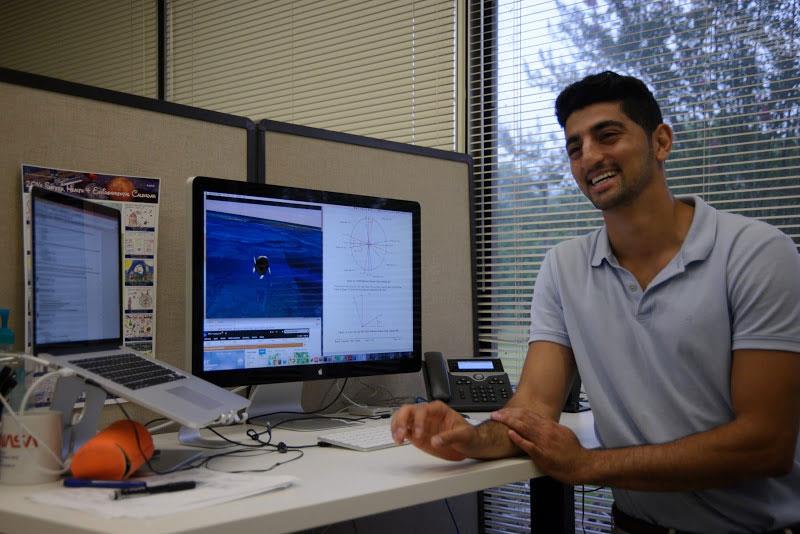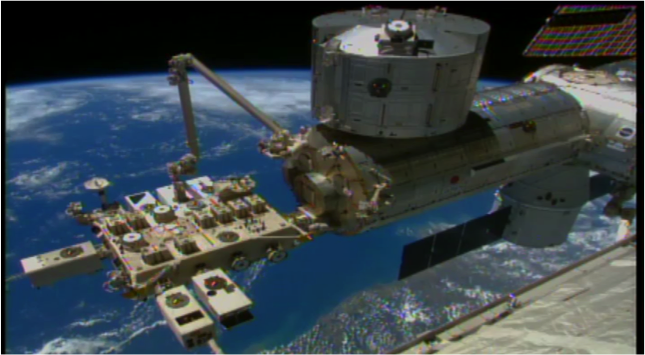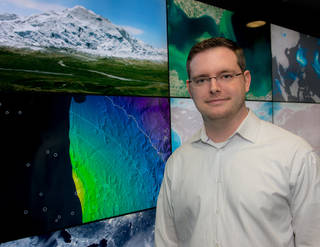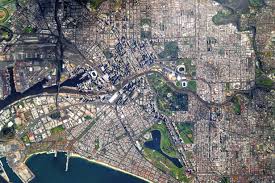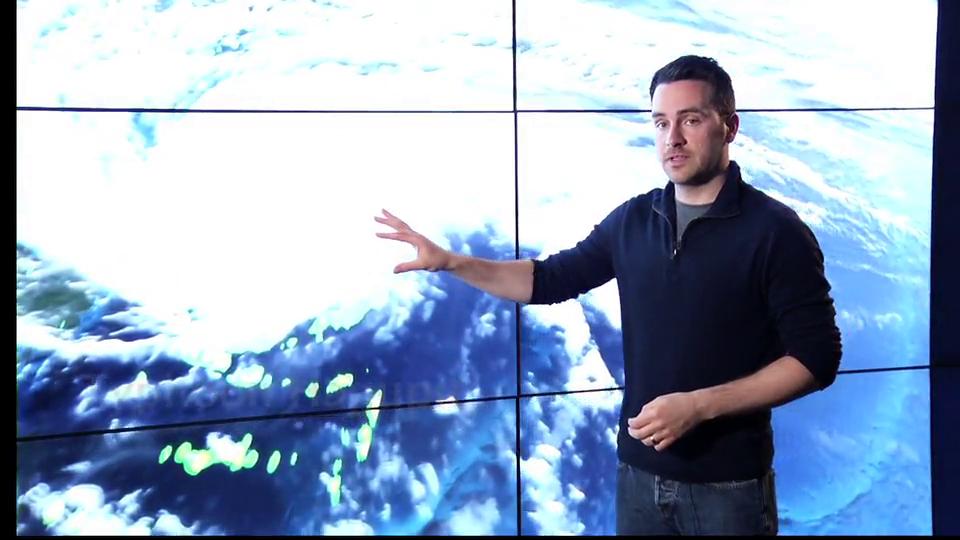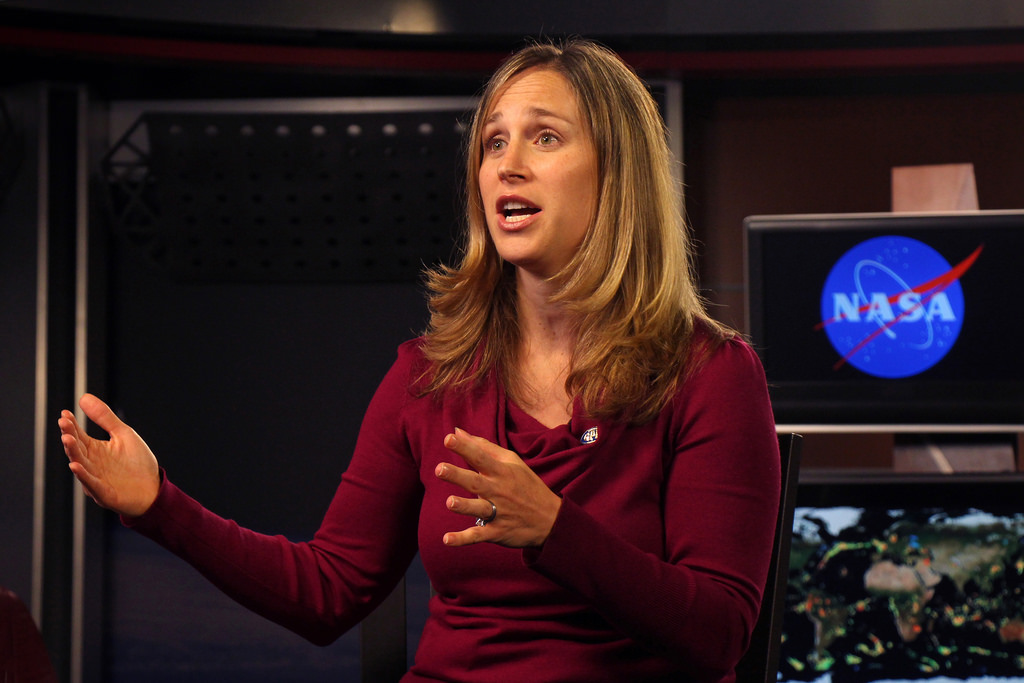Mathematical modelers use mathematics to create models that demonstrate complex processes or solve problems. Many mathematical modelers use their skills to create and animate 3D representations of their processes with the assistance of software technology.
A model analyst develops models to help visualize, observe, and predict complicated data. Model analysis is the process of taking large amounts of data and separate it into a structure that makes it intelligible to the binary process of computers.
LIDAR Remote Sensing Technologists uses remote sensing strategies to analyze data to solve problems in areas across the globe. They use LIDAR - Light Detection and Ranging - as a method of remote sensing to examine the surface of the Earth.
At the core of scientific visualization is the representation of data graphically - through images, animations, and videos - to improve understanding and develop insight.
Meet Dr. Yoland Shea, Atmospheric Scientist at NASA Langley Research Center. Learn what inspired her as a child and how she became a NASA scientist!
An environmental planner tries to minimize the environmental impacts of housing, industrial, and transportation-related construction projects.
Learn more about Alexia Harper, Mechanical Engineer at NASA Goddard Space Flight Facility's Mechanical Engineering Branch, the go-to place for the comprehensive development of instrument and spacecraft structures and deployment mechanisms.
Follow along as NASA visualizer Kel Elkins walks you through three visualizations (Dust Crossing, Typhoon Hagupit, and Aquarius Sea Surface Salinity) and answers questions about his work, education, and career.
Dr. Dalia B. Kirschbaum is a Research Physical Scientist in the Hydrological Sciences Lab at NASA Goddard Space Flight Center, Greenbelt, MD. Learn how she uses mathematics to investigate the interaction between the Hydrosphere & Geosphere.






.png)
.png)
.png)
.png)
.png)

